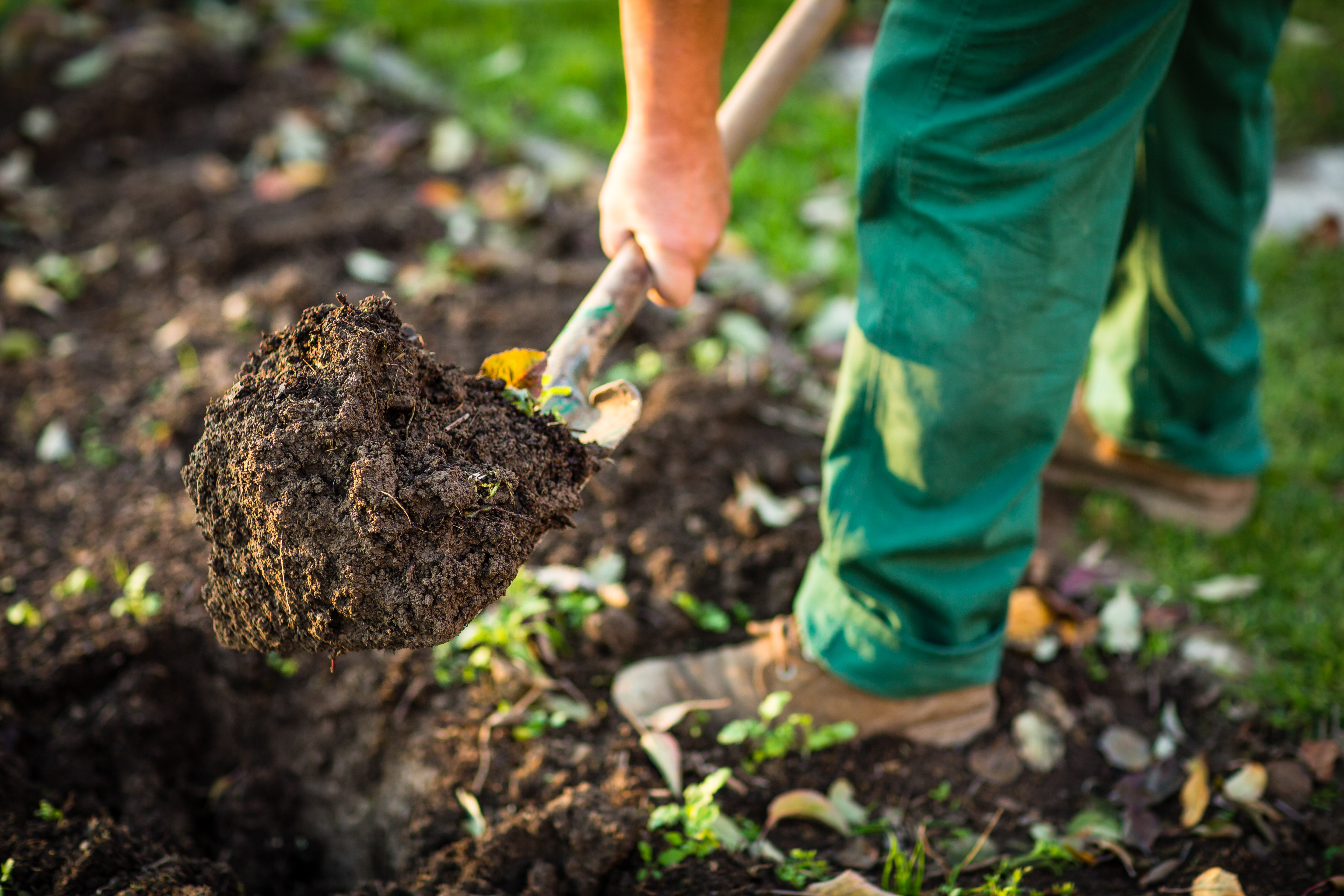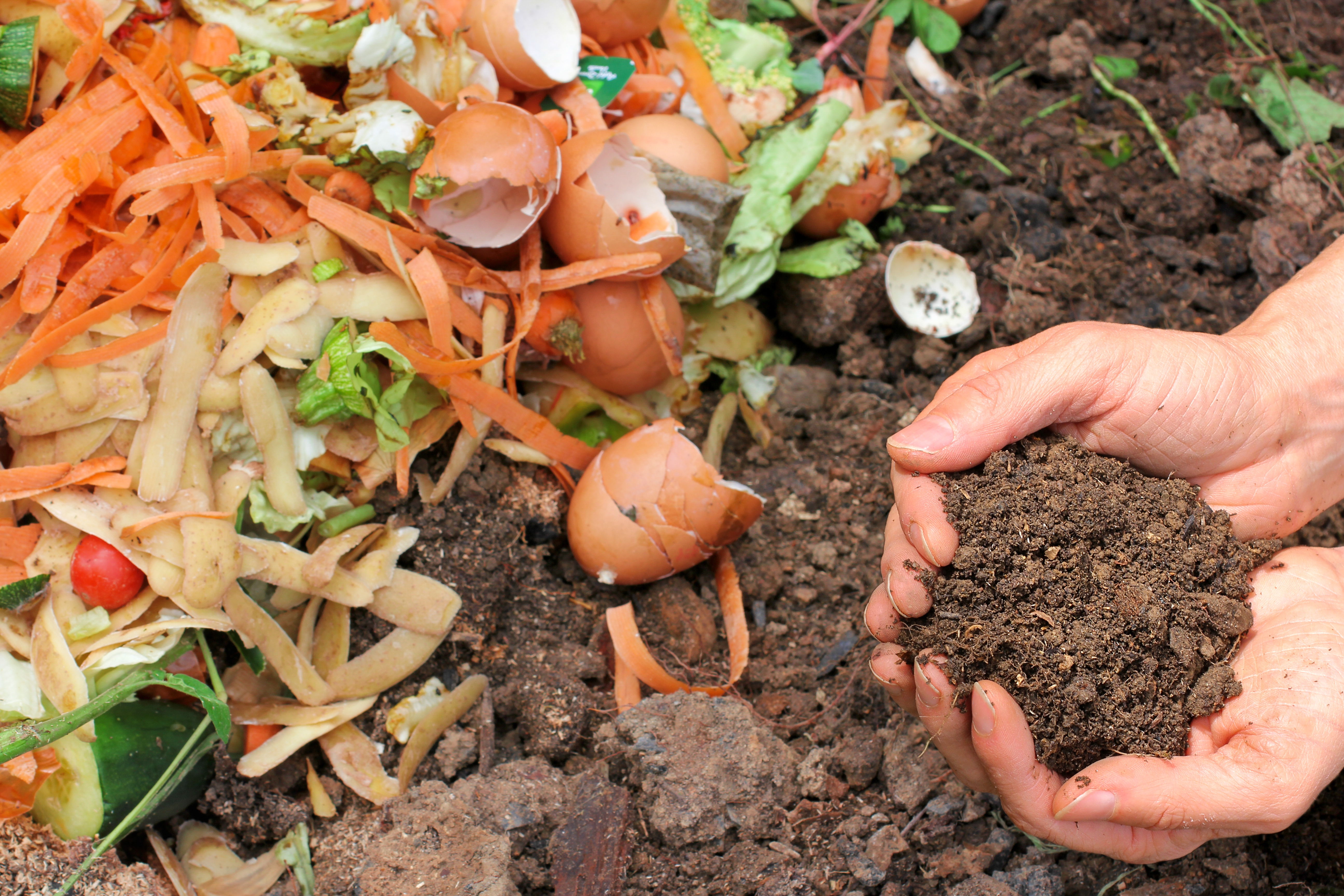
Green thumbs don’t appear at birth. They may not even appear in your twenties or thirties, a time when you might try your hand at your first garden. Indeed, green thumbs often surface later in life, when you have more time to spend observing and tending to your plants. This is because green thumbs are not just a matter of luck; they are a matter of perseverance, mindfulness, and proper guidance.
As you prepare your garden beds for spring and summer, it can help to have a checklist that keeps you on track. Whether you are a veteran gardener with a thumb as green as parsley or you are just starting to stick your fingers in the dirt, these 5 tips will help ensure your garden has the best chance of thriving in 2023.

1. Make a list and chart of what you want to harvest. Although you may be tempted to start digging right away, the foundation of a successful garden is a well-developed plan-of-action. As you brainstorm, consider planting crops that support one another’s growth. For example, the “Three Sisters” (corn, beans, and squash) have been planted together for centuries. Additionally, designing a chart or visual aid will make your life easier when it comes to watering, weeding, and harvesting, especially if you have a raised garden bed. Make sure that the plants you will be accessing more often are arranged on the outer edges of your garden, while low-maintenance plants live in the center.
2. Prune. Pruning is for more than just rose bushes, and it’s also for more than just aesthetics. In fact, pruning is a science. If it’s your first time pruning, you may be wary of taking out a large pair of loppers and chopping off limbs that are old, diseased, or growing in problematic directions. But doing so is essential to many plants’ longevity and quality of life. Since it’s spring, only prune non-spring blooming shrubs and trees. If you’re still feeling hesitant, call in the help of a friend or professional—just don’t skip this step!
3. Prepare your compost. If you have a composting system set up, great. If not, it may be time to start one; the nutrient-dense material will come in handy all season long. You can sprinkle compost directly atop your beds, mix it into your soil, or even add it to the pots of your indoor plants. Plants that thrive in acidity will especially appreciate your compost!

4. Start weeding. You know the season has begun when you pull your first weed. Get ready because you will continue to weed for the next several months. Thankfully, if you properly execute the job now, weeding will be much easier in the future. An all-star weeding job requires you to remove roots entirely, weed after it rains (or when the soil is wet from watering), and keep a trowel on hand for the tougher stalks.
5. Control those pests! We recommend using chemical-free pest control methods, such as sprinkling coffee grounds (around plants that can tolerate it), spraying plants with a mild dish soap, and adopting techniques that target singular species. After all, some bugs are your friends! Many natural pest control methods welcome “friendly predators,” like praying mantises and ladybugs, to keep unwanted insects at bay. Research what pests you will likely be dealing with based on your crops, past experiences, and locality, and assemble your pest control toolkit!
Starting a garden is an exciting prospect. Like all great things, it also requires a considerable amount of work. That is why we encourage you to plan ahead, identify your limitations and major goals, and always ask for help when you need it!
Make sure you wash your hands and dry them thoroughly after digging in the dirt. And never forget to use Herbacin Hand Cream to keep your hand soft and smooth.
